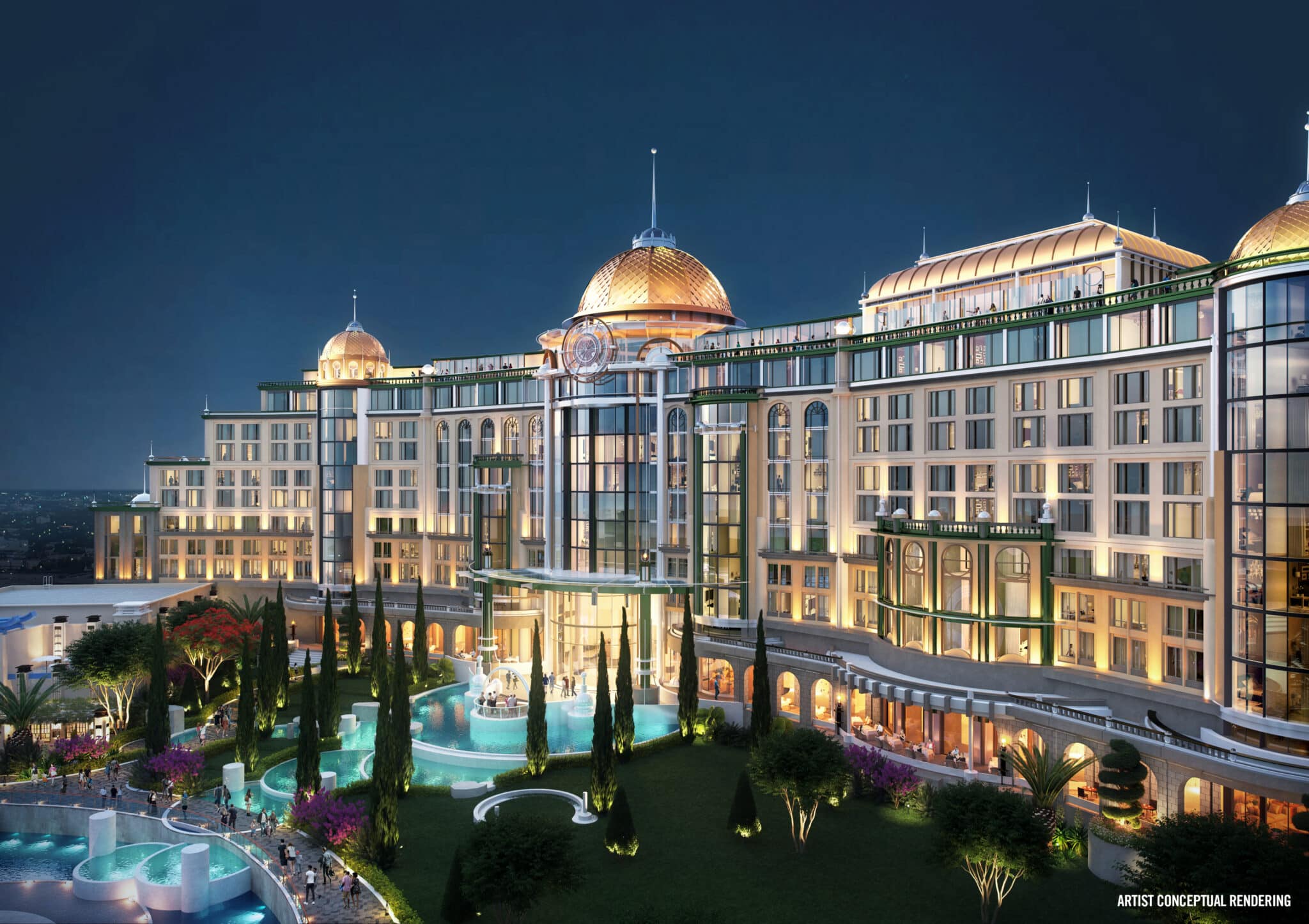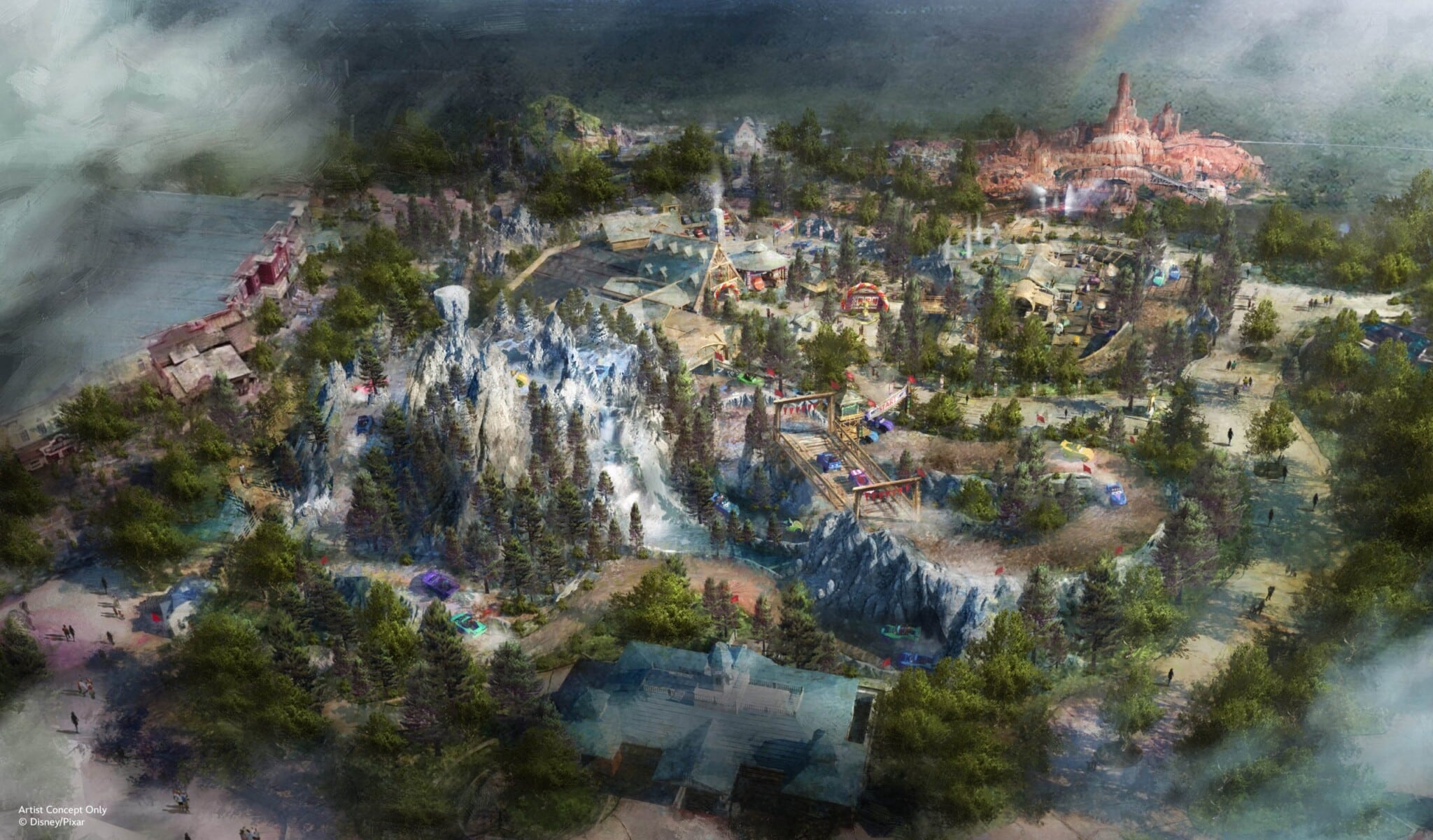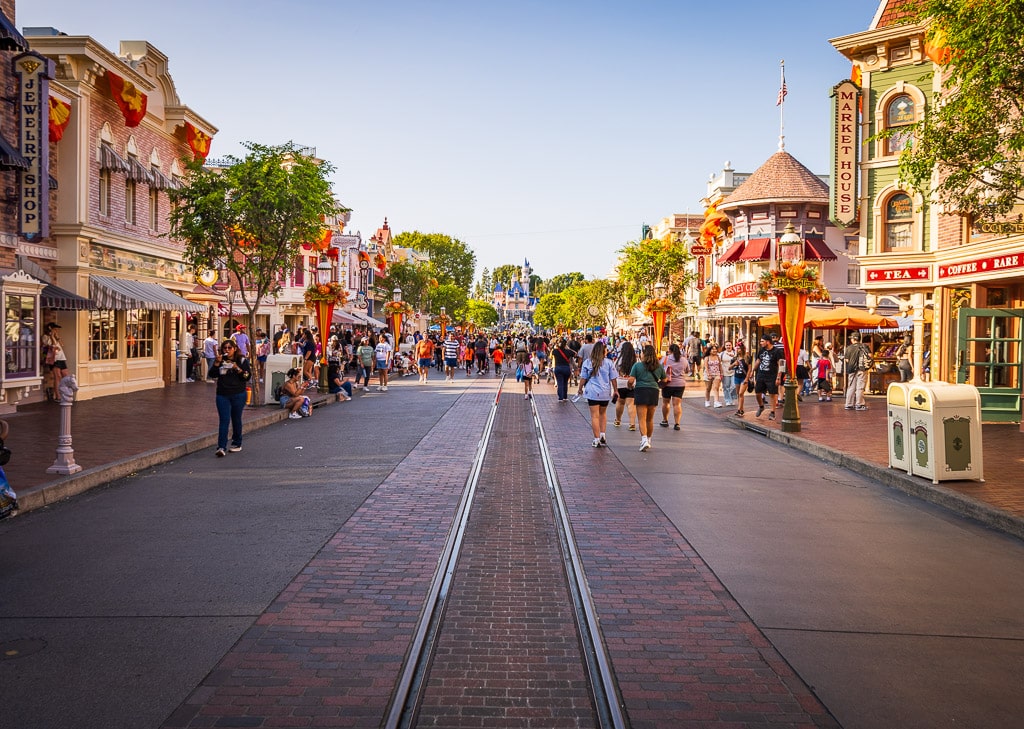
During the 2023 Annual Meeting of Shareholders, CEO Bob Iger announced the company’s plan to invest a staggering $17 billion on Walt Disney World over the next decade. This post puts that number into perspective, discusses the possibilities for a 5th gate and other expansion during what could be a bona fide “Walt Disney World Decade.”
Iger’s statement came during his comments escalating the battle between the company and Florida, and got lost in the noise about that. Specifically, Iger said that Disney is “currently planning now to invest over $17 billion in Walt Disney World over the next 10 years. Those investments we estimate will create 13,000 new jobs at Disney and thousands of other indirect jobs and they’ll also attract more people to the state and generate more taxes.”
By itself, this would’ve been a colossal announcement with a ton of fanfare and excitement from Walt Disney World enthusiasts. Instead, it has been, as noted above, been largely lost in the noise about the battle between DeSantis and Disney. There are undoubtedly good reasons for this, with skepticism about sincerity being among the biggest. So let’s start by addressing that…
We’ve long “warned” fans against taking at face value everything Disney says in marketing materials. The company is incredibly adept at corporate communications, masterfully employing wordsmithery to excite fans. Disney always stays on the right side of the puffery v. false advertising line, but most fans recognize this for what it is and weigh marketing materials accordingly.
However, this was not a press release, marketing material, or even the D23 Expo. Again, it came during the Walt Disney Company’s 2023 Annual Meeting of Shareholders. In this case, the setting matters a lot. SEC rules prohibit companies from fraudulent, false or misleading statements to investors. This prevents Disney or any other company from releasing reports with inaccurate data or executives from making knowingly false claims that analysts and investors might rely upon.

For its part, Disney tries to shield itself with a long disclaimer about forward-looking statements on its investor relations pages. As noted by Disney, this is consistent with the Private Securities Litigation Reform Act of 1995. There’s a lot of language there and it’s worth reading yourself, but the bottom line is that forward-looking statements are “made on the basis of management’s views and assumptions regarding future events and business performance as of the time the statements are made.”
Other lines indicate that circumstances and plans could change due to different strategic initiatives (including capital investments, which would apply here), execution of business plans or other business decisions, as well as from developments beyond Disney’s control (see March 2020 or Wall Street’s shifting sentiment towards streaming). Yada yada yada.
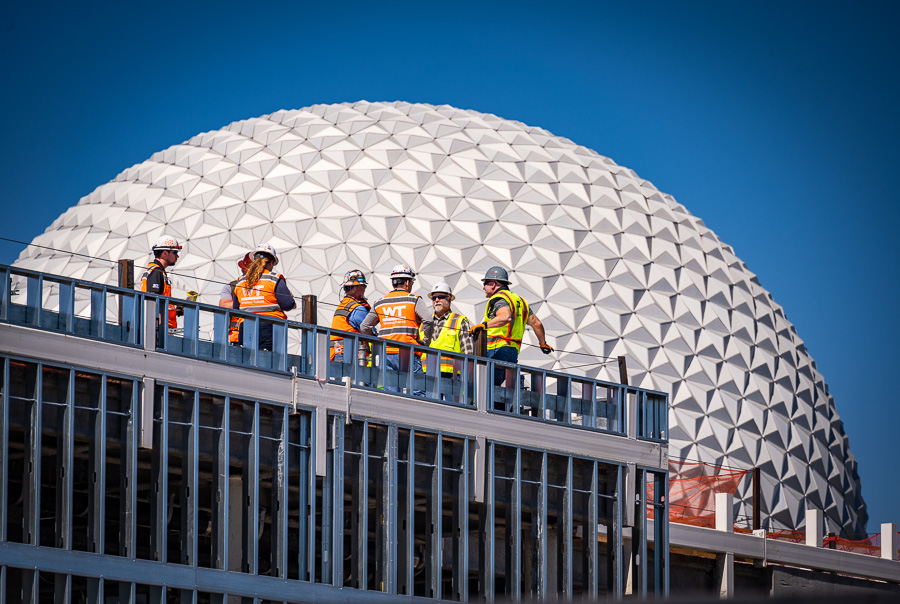
The point is that that are legal standards for forward-looking statements during investor calls; what’s said is the current plan but is subject to change as conditions evolve. In other words, you shouldn’t necessarily rely on an “announcement” about plans that are a decade out. However, it’s not total nonsense meant to excite and hype up fans, either.
In short, Iger would not make such a bold statement if he had actual knowledge that the company’s current plan was not to invest $17 billion in Walt Disney World over the course of the next decade. Similarly, if there’s a plan to spend $5 billion on Walt Disney World expansion, he cannot “round up” to $17 billion in order to score points in the company’s fight with Florida. That would be worse than whatever shenanigans the former Reedy Creek board (and company executives) are being accused of supposedly doing before the new board took over.
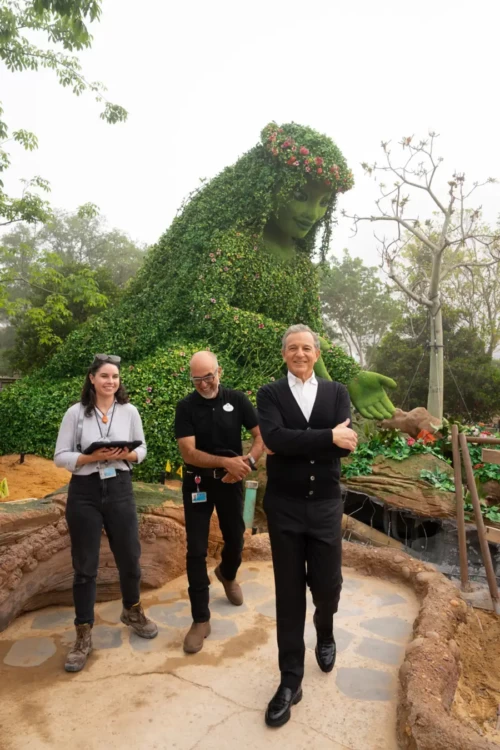
With all of that said, I am not convinced that the Walt Disney Company will spend $17 billion on Walt Disney World in the next decade. There are several reasons for this, with the very first being that the company quite simply has too much debt and not enough liquidity to front-load spending.
This means that whatever the 10-year plan is for Walt Disney World, it’s necessarily backloaded. As anyone who has been around the block with the original “Disney Decade” or the DCA expansion or the EPCOT overhaul or…well, about half of the announcements at the last few D23 Expos…the more remote the timeline, the less likely something is to come to fruition.

My guess would be that the company’s intention is to switch gears and focus on Parks & Resorts once Hulu and ESPN are sorted out (bought and/or sold), the streaming segment attains profitability or at least stops hemorrhaging ~$1 billion per quarter, and some of the debt is paid down.
Some or all of those things pretty much have to happen before meaningful CapEx can be spent on Walt Disney World. That alone puts the start of this work in late 2024 or 2025. This doesn’t mean Disney won’t announce big plans earlier, but we likely won’t see significant construction on anything until then.
I’m still expecting a major announcement at the Destination D23 event this fall, and when I saw The Rock on-screen yesterday, my first thought was that he was about to announce the Moana Land at Animal Kingdom for real. (The actual news, a live action remake, was far less exciting.)
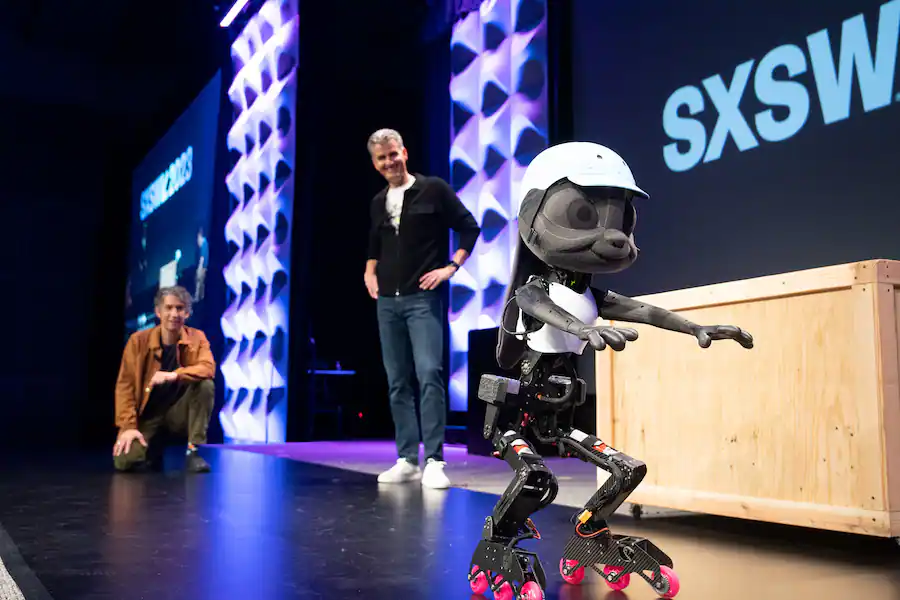
My skepticism is also shaped to a slight degree by a lack of specifics and variability. Again, Bob Iger said that the company plans “to invest over $17 billion in Walt Disney World over the next 10 years.” He specifically used the term “invest” rather than “spend,” meaning that this is CapEx and not OpEx. He also said that the “investment” would create 13,000 new jobs at Disney, and that high number would not be attainable with normal OpEx.
Iger also said that the investment would be at Walt Disney World, not in Florida as a whole. Disney has projected that it’ll spend “up to $864 million” to build the Imagineering Lake Nona Campus, which will also bring 2,000 jobs to the state. Pursuant to Iger’s statement, those jobs and that spending are not part of these numbers.
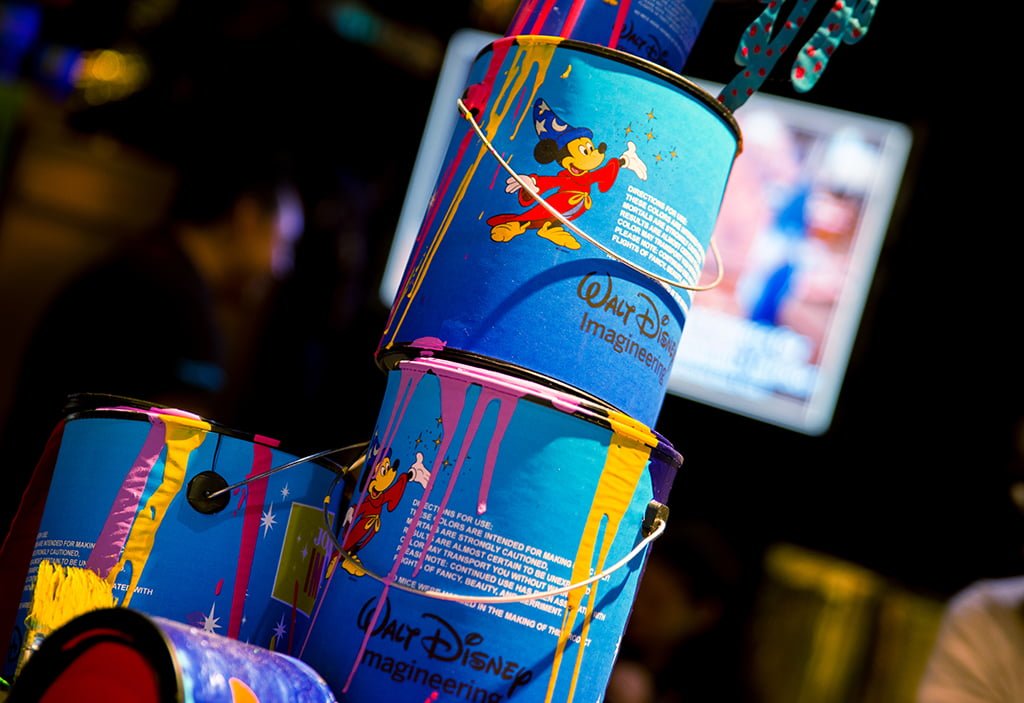
It’s possible Iger misspoke about any or all of these things. I doubt that for a couple of reasons. As we’ve pointed out countless times in the past, Iger is meticulous and zealous at sticking to the script, and also is cognizant of what different terms mean. (“Knows what words mean” is not praise we’d be lavishing upon Chapek if he made this annoucement.)
More significantly, there almost certainly was a script here. Iger knew he was going to be asked about this, and he had an answer ready. There should be zero doubt about that whatsoever. (If you listened to the call, he was prepared for every single question–including the obscure one about Premier Annual Passes.) Not because the questions are scripted–they most certainly are not; just listen to some of the crazies on the call–but because Iger is that meticulous and knew what to expect. Questions about the Florida standoff and streaming content were inevitable.
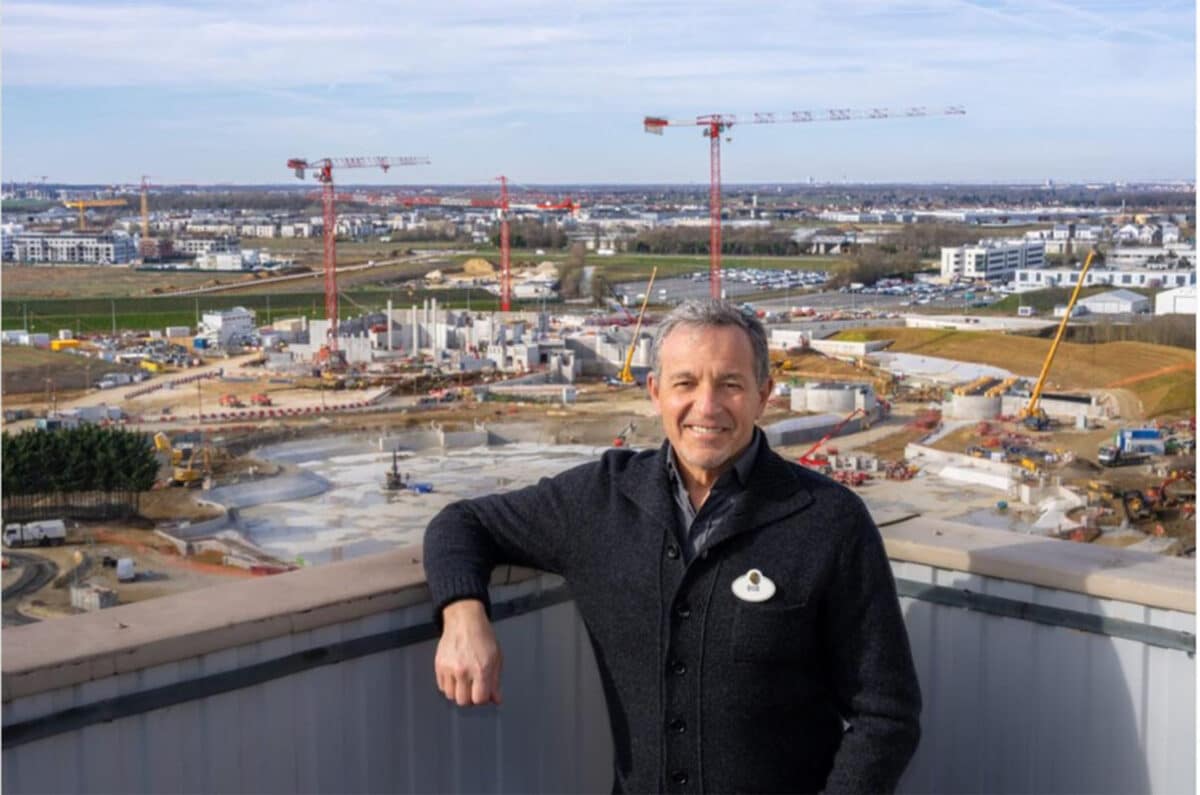
Given all of the above, I think it’s fairly safe to say that actual CapEx investments totaling $17 billion are planned for Walt Disney World over the course of a decade starting in 2024 or 2025. It’s also fair to say that’s the most optimistic projection, and a lot could change, potentially impacting and reducing that number.
Then there’s the thing that will change: Bob Iger won’t be CEO. (Actually, that’s probably less certain than the $17 billion investment given his past precedent with contract extensions!) A new CEO always makes their mark on a company, and one of the easiest and most concrete ways to accomplish that is via theme park plans.
If that new CEO does not have a Parks & Resorts background, they might also seek to reduce that number and spend more elsewhere. (Another tangent, but I suspect this increases the likely of Josh D’Amaro being the CEO-in-waiting exponentially, as he’d provide continuity in these aggressive plans.)
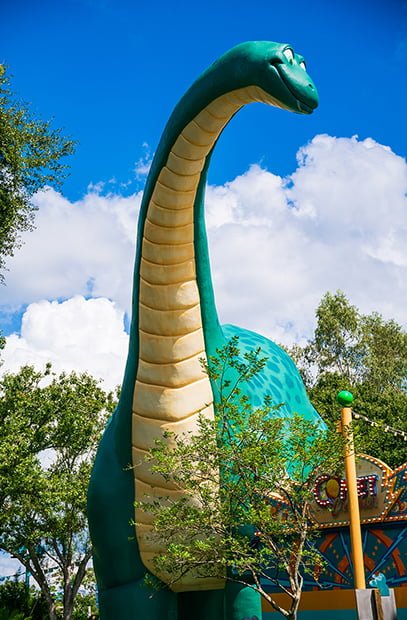
With all of that said, we thought it might be worthwhile to put $17 billion in context to help illustrate what it could buy for Walt Disney World. Obviously, that’s a lot of money–especially when you consider the fact that the original Dino-Rama cost at least $437 to build. Its replacement will probably add a “million” to the end of that number.
We’ll start by putting this into the context of CapEx numbers for the Parks & Resorts segment as a whole, which includes not just Walt Disney World, but also Disneyland, Disney Cruise Line, the international parks, resorts, and more.
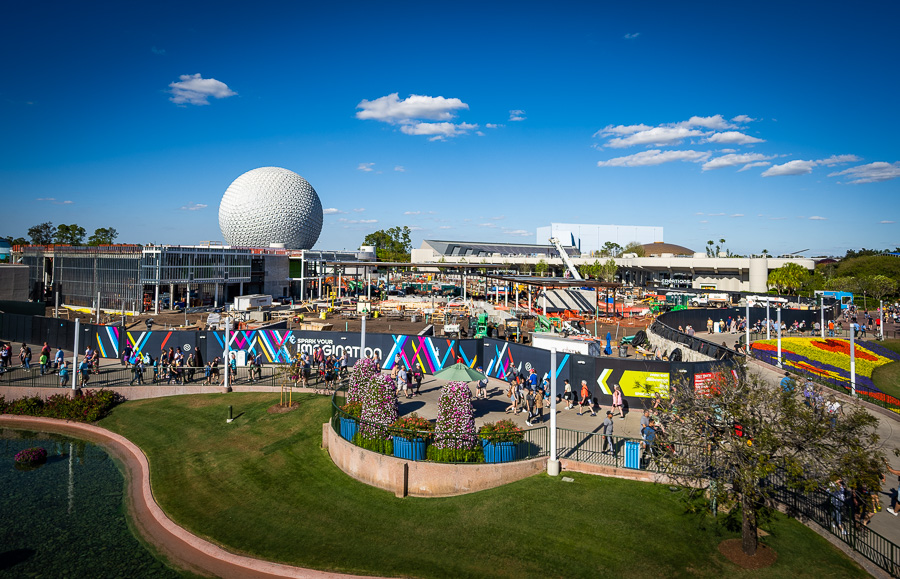
Rather than looking at the last couple of years, we’re going to discard those. Some of the reasons for that should be obvious, given the disruptions and cost-cutting that has occurred with the EPCOT overhaul. There’s also the fact that one development cycle has been winding down for Walt Disney World, while the new cruise ships have been contributing outsized costs.
Instead, we’ll look at 2017-2019. That was during the peak of the most recent expansion and occurred at a time (mostly) prior to spending on the new DCL ships. In 2017, the company spent $2.4 billion on CapEx for the domestic Parks & Resorts. In 2018, that number increased to $3.2 billion. In 2019, it peaked at $3.3 billion.
These are just the totals for the U.S. based Parks & Resorts, including Disney Cruise Line. There’s a separate line-item for the international parks (minus Tokyo), and the total costs in Hong Kong and Shanghai are shared by local operating partners.
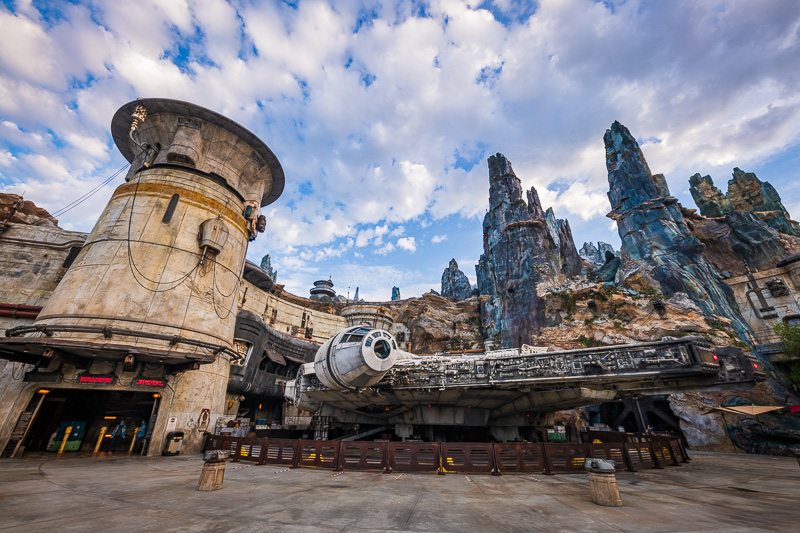
The company attributed the increase in capital expenditures at the domestic parks in fiscal 2019 compared to fiscal 2018 to higher spending on new attractions at Walt Disney World, partially offset by lower spending on new attractions at Disneyland Resort. The increase in fiscal 2018 compared to fiscal 2017 was due to spending on new attractions at Walt Disney World Resort and Disneyland Resort, including Star Wars: Galaxy’s Edge.
In an SEC filing last year, Disney indicated that the company planned to increase total capital expenditures from $4.9 billion to $6.7 billion. That whopping 37% spending increase would’ve been across the entire enterprise, not just domestic parks. Then during the most recent earnings call, CFO Christine McCarthy indicated that number would be reduced by $700 (to $6 billion), which was mostly a result of “timing shifts” on domestic parks projects.

The company-wide cost-cutting is another reason why fans might be skeptical of Iger’s plan to invest $17 billion on Walt Disney World in the decade to come. After all, the company has already reduced CapEx at the domestic parks and is cutting another $5.5 billion in costs.
However, an important thing to note there is that $3 billion of those reductions are coming from content, $1 billion of cuts were already underway when the announcement was made, and there are three waves of layoffs that are largely targeting employees at DTC, ESPN, and television networks. Josh D’Amaro already indicated that frontline Cast Members at the parks would not be impacted.
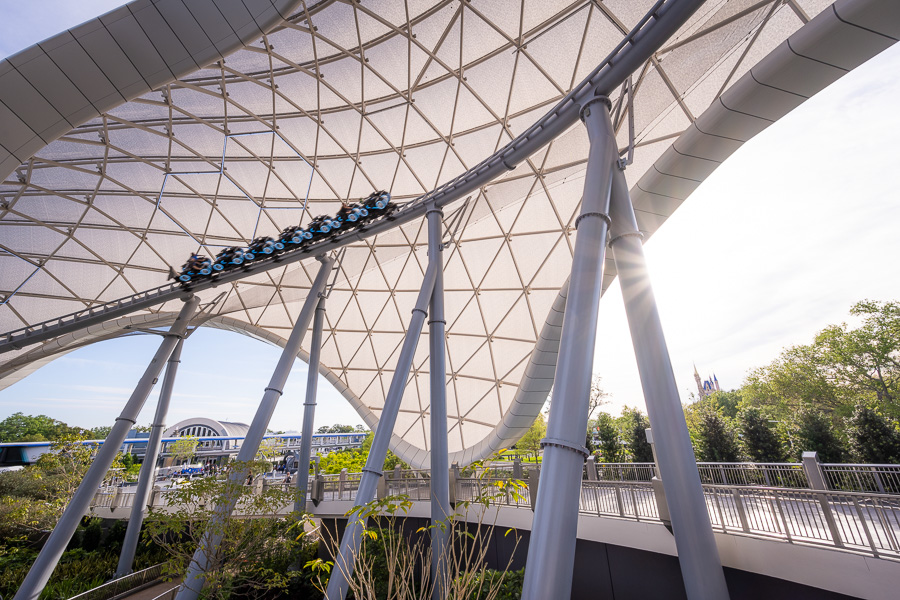
Additionally, the CapEx savings at the domestic parks aren’t cancelled projects, but rather (again), they are “timing shifts.” That means dragging feet on projects to shift the costs into the next fiscal year. (Anyone who saw TRON Lightcycle Run being built has already seen this play out in real time.)
So really, the actual impact to Walt Disney World is minimal, save for the delays. As with this $17 billion in new investment, there’s a reason why the parks aren’t being targeted for reductions: they’re the company’s biggest bright spot right now!
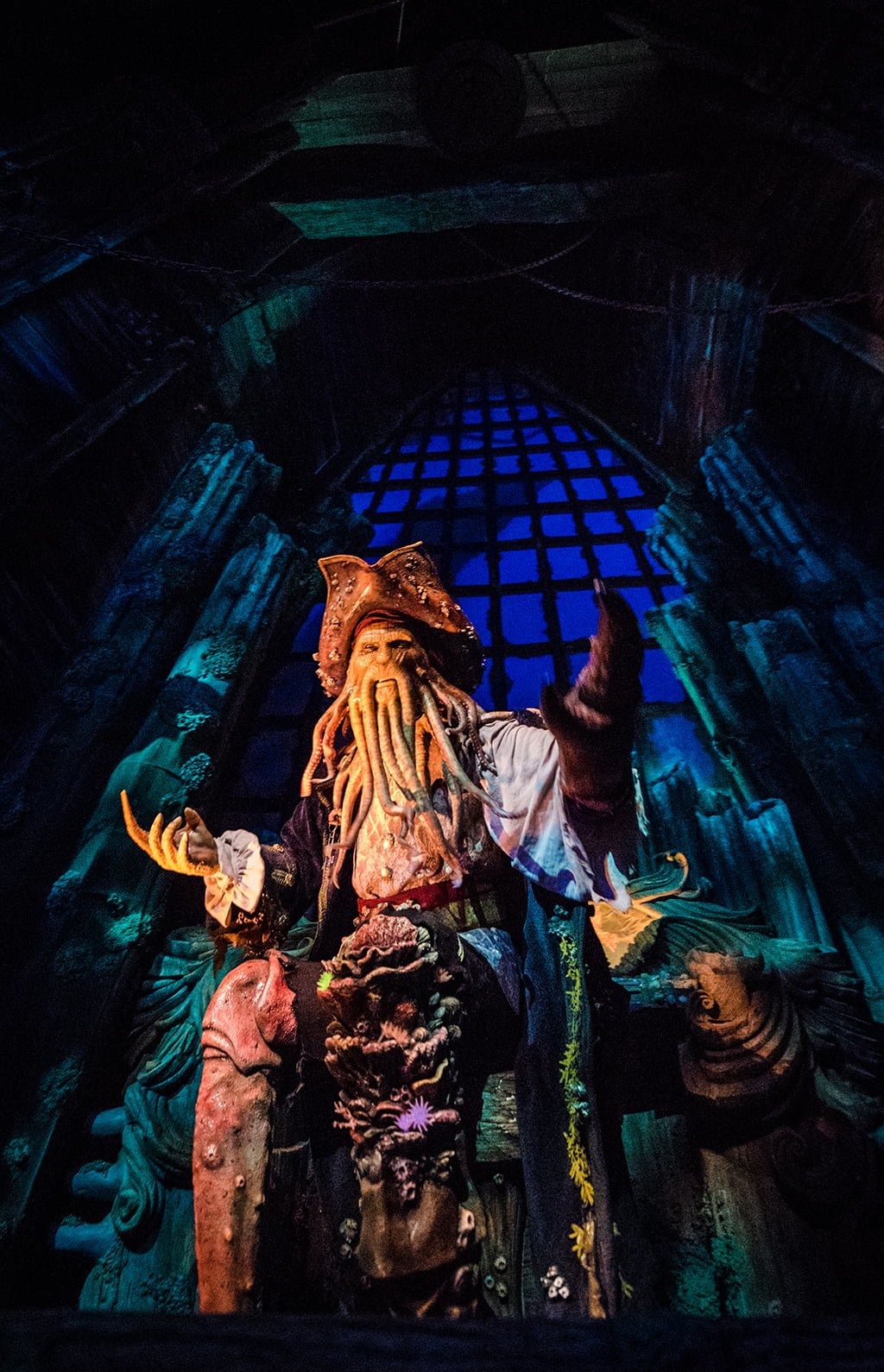
As for what $17 billion over a decade could buy, let’s start with what we think it will not buy: we (still) do not expect a 5th gate at Walt Disney World. This has seen rekindled interest in the last day, but we’re still highly skeptical for all of the reasons discussed in that post.
Of course, this could be wrong. If you’re just having fun doing blue sky daydreaming, have at it. From that perspective, $17 billion is conceivably enough for 5th, 6th, and 7th gates. That’s especially true if they cost as much as Tokyo DisneySea (~$4 billion upon opening in 2001) or Shanghai Disneyland (~$5.5 billion upon opening in 2016). If it’s the cost of Universal’s Epic Universe, Disney could build over a dozen new gates!
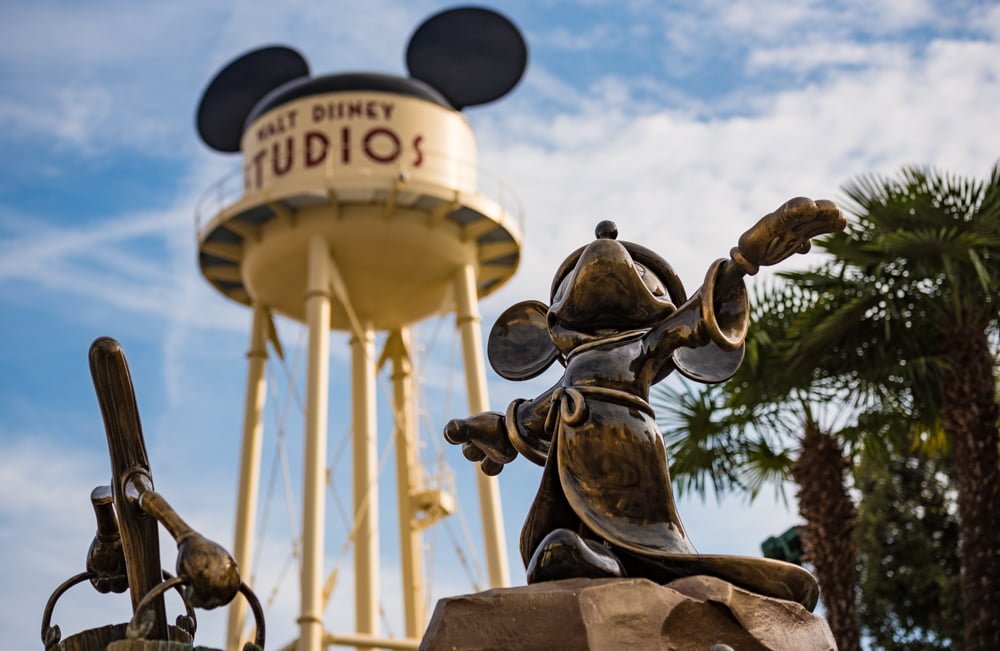
Back in realityland, a 5th gate at Walt Disney World probably would not cost that little unless it were done in the spirit of the OG Walt Disney Studios Park in France. Construction costs aren’t what they were in the early aughts in Japan or even a decade later in China. Disney doesn’t do anything nearly as efficiently as Universal.
On top of that, this is all of the CapEx over the course of a decade. Even if a new park could be built for $6 billion, that be a big chunk of that total, and would necessitate CapEx reductions in the existing 4 parks as compared to the last decade. Given that, there’s every reason to believe the plan is expansion to the existing parks rather than development of a new one (or two).
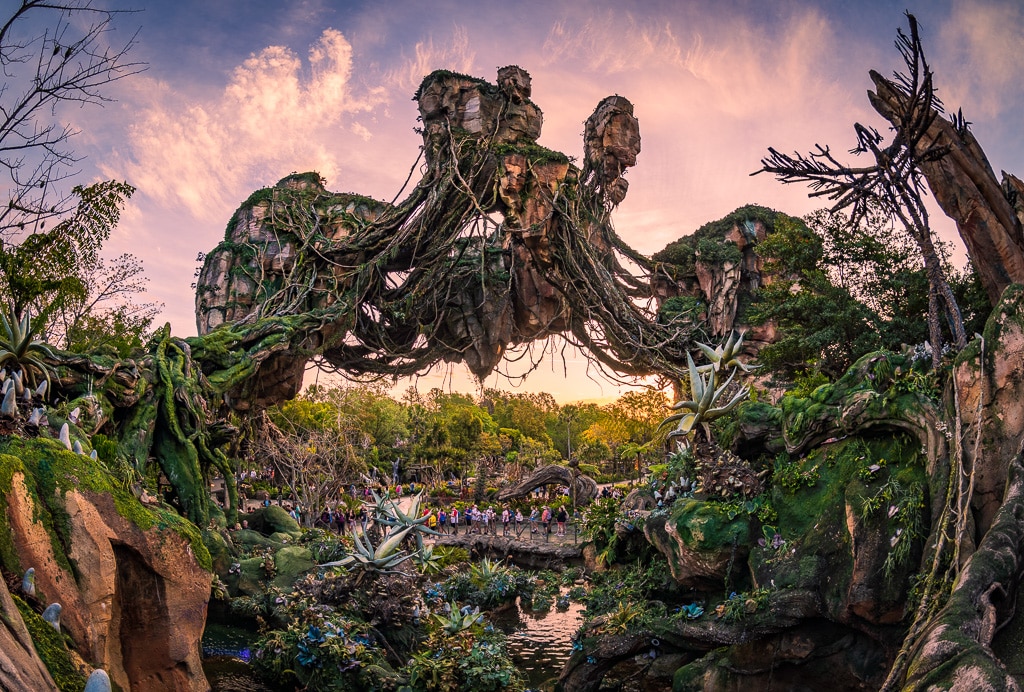
There’s also the fact that Bob Iger has specifically said he wants expansion. In fact, both he and Josh D’Amaro have held a number of interviews recently, during which both have discussed plans for the future, bullishness on parks, and desire for capacity-expanding additions. We discussed all of this in great length in Bob Iger Wants Big Expansions at Walt Disney World & Disneyland.
Again, Iger chooses his words carefully. If he had plans for new theme parks, he’d say as much. Instead, he has repeatedly invoked Star Wars: Galaxy’s Edge, Toy Story Land, and Pandora – World of Avatar as the blueprints for how Disney plans to expand its parks and “invest in increasing capacity.” There’s no need to speculate; Iger has repeatedly and consistently shared the plan, and it is not for a fifth gate!
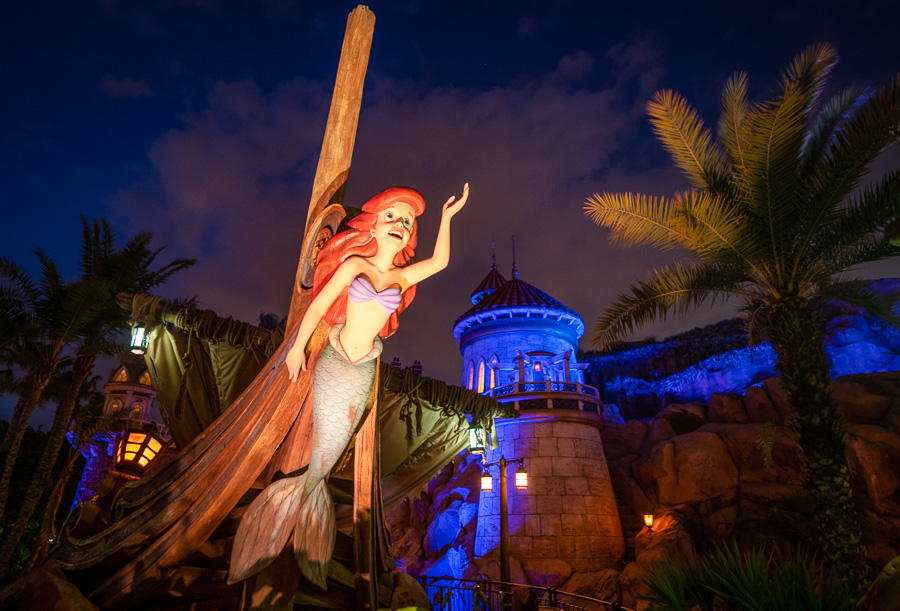
With that in mind, what could that $17 billion buy in terms of expansions to the existing parks? Well, beyond working backwards from the above nationwide numbers for past CapEx and trying to remove what isn’t Walt Disney World, it’s tough to say. Disney doesn’t typically announce the cost of specific attractions or lands, so all we have are rumors and estimates of those.
As a general proposition, take whatever you’d expect a new ride to cost and increase that number significantly. The amounts spent by regional theme parks or even Universal are not even remotely insightful for the exorbitant expenses Disney somehow manages to incur. (To everyone who thinks the company hasn’t been investing money in Walt Disney World, you are wrong. The real question is whether they’ve been spending the staggering sums wisely.) Some of this is evident in the finishing and details, but definitely not all of it.
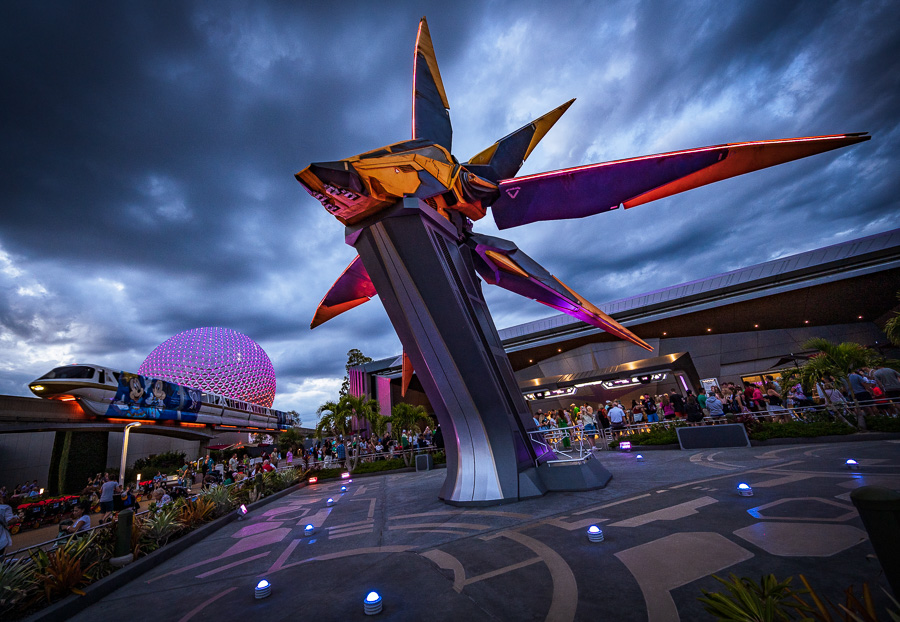
Rumors pegged the total cost of Guardians of the Galaxy: Cosmic Rewind at around $500 million (corroborated by Bloomberg), which would make it one of the most expensive attractions ever developed. Some estimates put the entirety of Star Wars: Galaxy’s Edge at $1 billion (each); that was prior to completion, with development costs shared between the coasts, and before Star Wars: Rise of the Resistance was delayed. It would not surprise me in the least if each Galaxy’s Edge ended up costing closer to $1.5 billion when all was said and done.
Back in 2010, the Los Angeles Times reported that each version of the Little Mermaid dark ride would cost $100 million, which was viewed by fans as a staggering sum at the time but now seems decidedly average. Radiator Springs Racers reportedly cost over double that by the time Cars Land was finished. (The entire DCA overhaul was originally billed as costing $1.1 billion, but ballooned far beyond that.)

Outside of the United States, we have a better idea of specific attraction and land costs because other parks actually announce them. There’s been a lot happening in Japan over the last several years, and OLC releases specific budgets in its annual reports. From that, we know that the Tokyo Disneyland expansion that included Enchanted Tale of Beauty and the Beast, Fantasy Forest Theatre, and a Baymax spinner cost approximately $750 million US.
Of that total, it’s safe to say that one-third went to the Beauty and the Beast trackless dark ride. Perhaps more. If Walt Disney World could get a few dark rides of that caliber for $250 million each, they should! Animal Kingdom, EPCOT, and Disney’s Hollywood Studios could each use a high-quality family-friendly people eater.
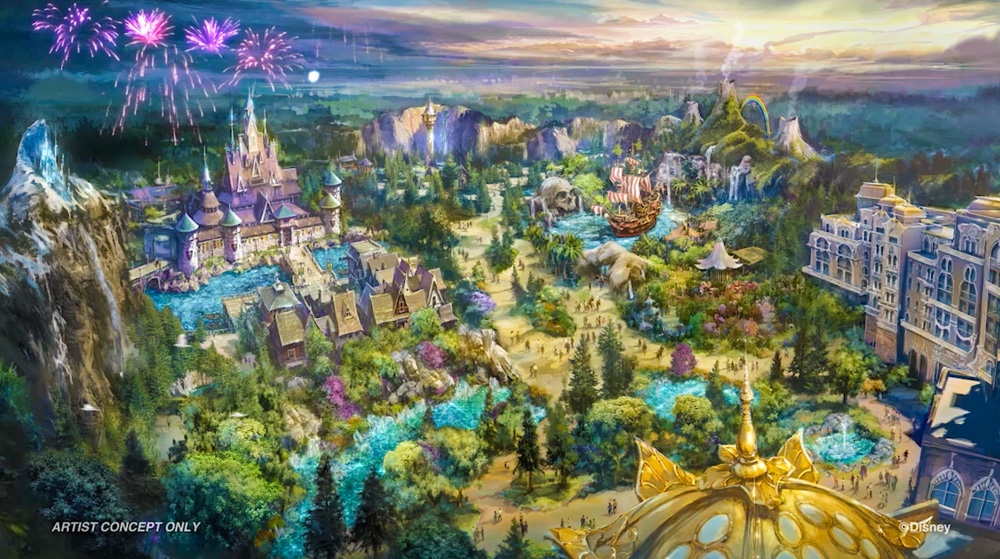
On a similar note, there’s Fantasy Springs at Tokyo DisneySea. The total investment on that port and its accompanying luxury hotel will be approximately 250 billion yen, or around $2.3 billion US. This makes it the most expensive expansion for any existing theme park ever. (It’ll also allow Tokyo DisneySea to reclaim the crown as the most expensive theme park ever built.)
Fantasy Springs will feature four new family-friendly rides, three restaurants, retail, and a hotel. Three of the new attractions will be boat rides, which is fitting for Tokyo DisneySea. It’s unclear how lavish the rides will be, but we’re expecting at least two of them to be E-Ticket attractions. The remaining attraction is much smaller-scale.

There’s also the all-new Space Mountain coming to Tokyo’s Tomorrowland in 2027 at an approximate cost of 56 billion yen. This is going to be a $400 million US attraction, and speculation strongly suggests it’s going to use the Cosmic Rewind ‘story coaster’ ride system, minus Marvel. (That checks out given the cost!)
Finally, there’s Treasure Cove at Shanghai Disneyland, which includes the most expensive opening day attraction at that park (Pirates of the Caribbean: Battle for the Sunken Treasure) and cost a reported $450 million US. It’s unknown what newer additions like Toy Story Land (definitely not as much) or Zootopia Land (probably about as much) cost.

That should offer a pretty good idea of what’s possible with $17 billion. Most notably, at least some of that is consistent with D’Amaro’s D23 Expo presentation, during which he discussed early concept explorations for Magic Kingdom and Animal Kingdom. This included a replacement for Dinoland USA at Animal Kingdom, and potential expansion opportunities including a Zootopia Metropolis and Moana Mini-Land.
With the Zootopia Land wrapping up at Shanghai Disneyland and opening later this year, it makes sense that elements of that would be cloned elsewhere to reduce costs. (It’s unlikely that Shanghai has an exclusivity window outside of Asia, as there’s no need. Plus, their version of Soarin(g) opened one day before the EPCOT incarnation.) With the new Moana live action remake, the odds of a Moana miniland also increase.

That presentation also included a bold proposal for Magic Kingdom growth, albeit with shaky specifics–that portion was much more ‘blue sky’ in what it could entail. That presentation looked at Magic Kingdom Expansion Possibilities “Beyond Big Thunder” and showcased possible Coco, Encanto & Villains lands.
While there was initial excitement among fans, that quickly soured due to a lack of specifics. The positive sentiment gave way for skepticism about these possible plans, especially in light of Disney’s not-so-stellar track record in building things that were “firmly” confirmed at past D23 Expos.

I have no clue what specifically is on the horizon for Walt Disney World, but I think expansion at the two ‘kingdoms’ consistent with those teased plans, plus a new family-friendly attraction or two in Disney’s Hollywood Studios (lots of underutilized space and a top-heavy ride roster) is likely.
Personally, I would love nothing more than to see a second phase to the EPCOT overhaul that includes Journey into Imagination, but I won’t let my desires cloud my judgment as to what’s likely. Disney might deem EPCOT “done” at the end of 2023.

Everything else will likely be less exciting. There’s no way Walt Disney World goes through another development cycle without adding significant hotel and timeshare capacity. (Unpopular opinion: Disney absolutely should build more resort capacity. They have pricing power and there’s no shortage of demand. Fans who claim growing crowds are due to Disney’s construction of hotels are wrong, making the fairly obvious oversight of forgetting that off-site hotels exist.)
Infrastructure costs also aren’t cheap, and some of the numbers I’ve heard for recent roads and other work are shockingly high. I doubt Skyliner expansion is being seriously considered, and I certainly hope another boondoggle like the NextGen/MyMagic+ initiative isn’t. Disney needs to build actual attractions, not waste money on smoke and mirrors.

Ultimately, our view is that it’s time for the persistent pessimism to give way to optimism when it comes to the future of Walt Disney World. We’ve been bullish for months, dating all the way back to our D23 Expo post mortem, which went against the grain and expressed a ton of optimism–both in the plans despite their nebulous nature and Josh D’Amaro as a leader.
A lot has changed since, but our sentiment and the underlying reasons for it remains the same. It also helps that Chapek is gone and both D’Amaro and Bob Iger have repeatedly expressed bullishness on big expansion at Walt Disney World. Sure, we still don’t have concrete plans, but all of these teases would not be happening if this were purely bluster or good PR.

Obviously, actions speak louder than words, and it might be hard to take these claims at face value given all of the scaled back plans, cancelled projects, and the fact that it took how many years to clone a short roller coaster in an empty warehouse. That’s fair. There’s also the reality that Walt Disney World continues to outperform, and investors have begun to take notice of its success. This coupled with Wall Street souring on streaming means Disney may finally start to bet bigger on its theme park business.
In light of all that, it truly feels like we’re standing on the precipice of the next big development cycle that will once again start at Animal Kingdom (just like the last one!) and play out in this same fashion with major new additions to each park coming online between 2026 and 2031. Let the Walt Disney World Decade begin!
Planning a Walt Disney World trip? Learn about hotels on our Walt Disney World Hotels Reviews page. For where to eat, read our Walt Disney World Restaurant Reviews. To save money on tickets or determine which type to buy, read our Tips for Saving Money on Walt Disney World Tickets post. Our What to Pack for Disney Trips post takes a unique look at clever items to take. For what to do and when to do it, our Walt Disney World Ride Guides will help. For comprehensive advice, the best place to start is our Walt Disney World Trip Planning Guide for everything you need to know!
YOUR THOUGHTS
What is your reaction to Bob Iger’s announcement that the company plans to invest $17 billion on Walt Disney World in the next decade? Think this can be reconciled with the near-term cost-cutting or the company’s debt load? What potential plans or projects have you most and least excited? Anything you’re hoping does not end up coming to fruition? Do you agree or disagree with our assessments? Any questions we can help you answer? Hearing your feedback–even when you disagree with us–is both interesting to us and helpful to other readers, so please share your thoughts below in the comments!



